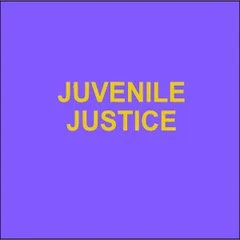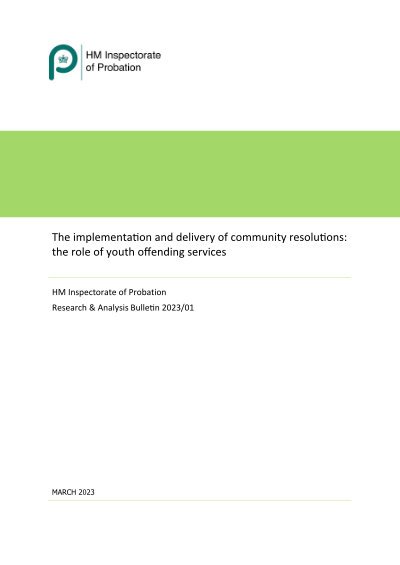By Christine Humowitz
The Center for Juvenile Justice Reform, with support from the Annie E. Casey Foundation, presents “The Essential Need for Partnering with Youth and Families to Fundamentally Transform Juvenile Probation.” In this publication, CJJR’s Christine Humowitz highlights best practices, barriers, and strategies related to actively and authentically partnering with youth and families in the context of juvenile probation. The brief highlights jurisdictional examples from the 2019 cohort of the Transforming Juvenile Probation Certificate Program.
Washington, DC: Georgetown University, McCourt School of Public Policy, Center for Juvenile Justice Reform, 2022. 20p.






















